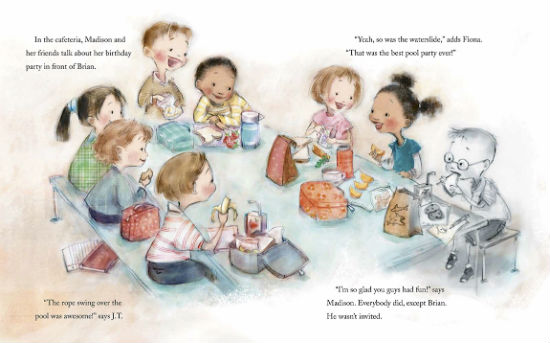Dear Families,
Our social-emotional lesson for grade 4 this month comes from a book by Trudy Ludwig, one of my favorite authors. The book is titled Too Perfect, and it tells the story of a girl named Maisie, who envies and admires her classmate Kayla. She believes Kayla has the perfect life - from the way she dresses, her grades, her athletic ability and how she looks. When she is assigned to be Kayla’s partner for a project, Maisie is convinced she’ll learn the secret to being perfect. What she learns is that Kayla is under enormous pressure, and even her best doesn’t feel good enough.
Students had a lot to say on this topic! Many believe that there is both spoken and unspoken pressure to succeed from parents, teachers and coaches. They all agreed that sometimes this was a good thing, as otherwise they might ‘start slacking’ and may not try their best. Others felt that expectations were unrealistic, and that they were doomed to be labeled a failure. despite their best efforts.
Should we pursue perfection or focus on appreciating our personalities and capacities as they are? If we hope to attain a measure of fulfillment in life as persons, friends, workers, and citizens, should time be spent aspiring to unattainable levels of performance, achievement, and success that elude almost
everyone and, even if attained by a few, do not last?
Finding a reasonable balance in life is a challenge, even for adults. Helping our children know how to juggle the priorities and expectations life will throw at them is an important skill in life. Encourage them to develop skills to enrich and enhance students’ joy in themselves, others and in playing, learning and living. That is “perfect” for their needs as evolving citizens and caring community members.











